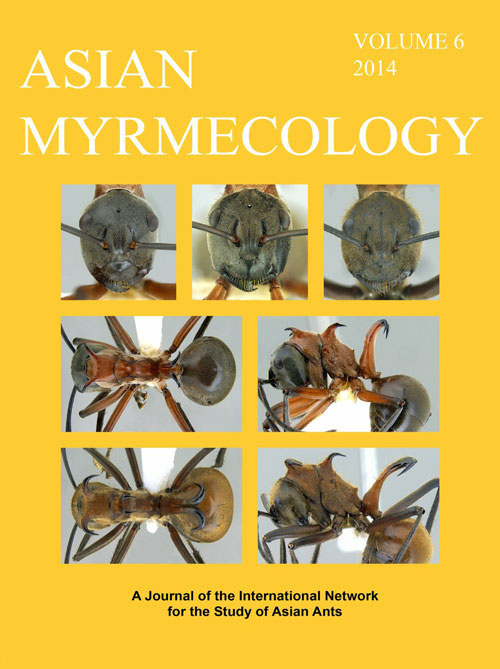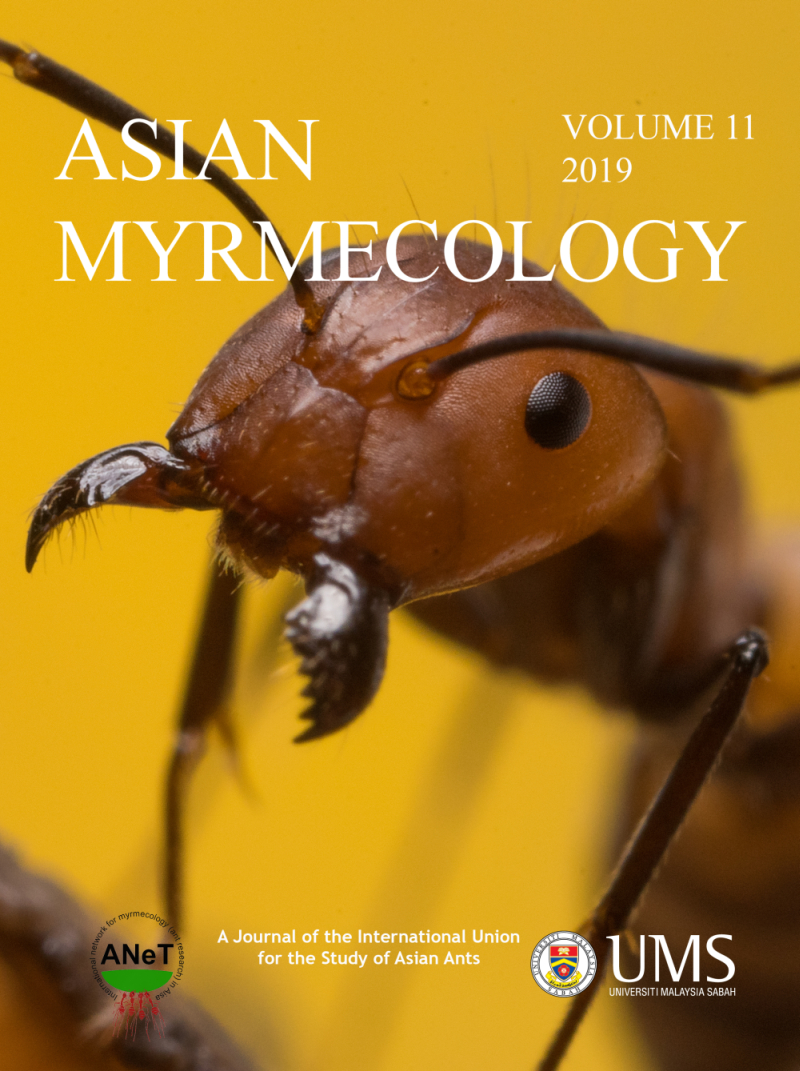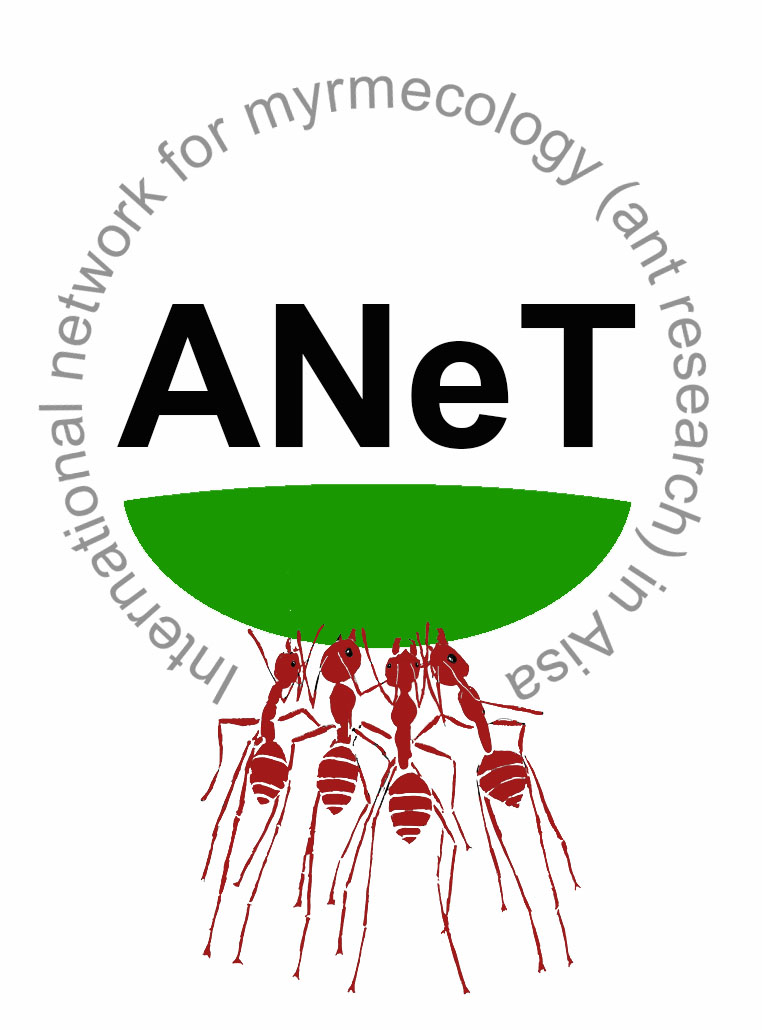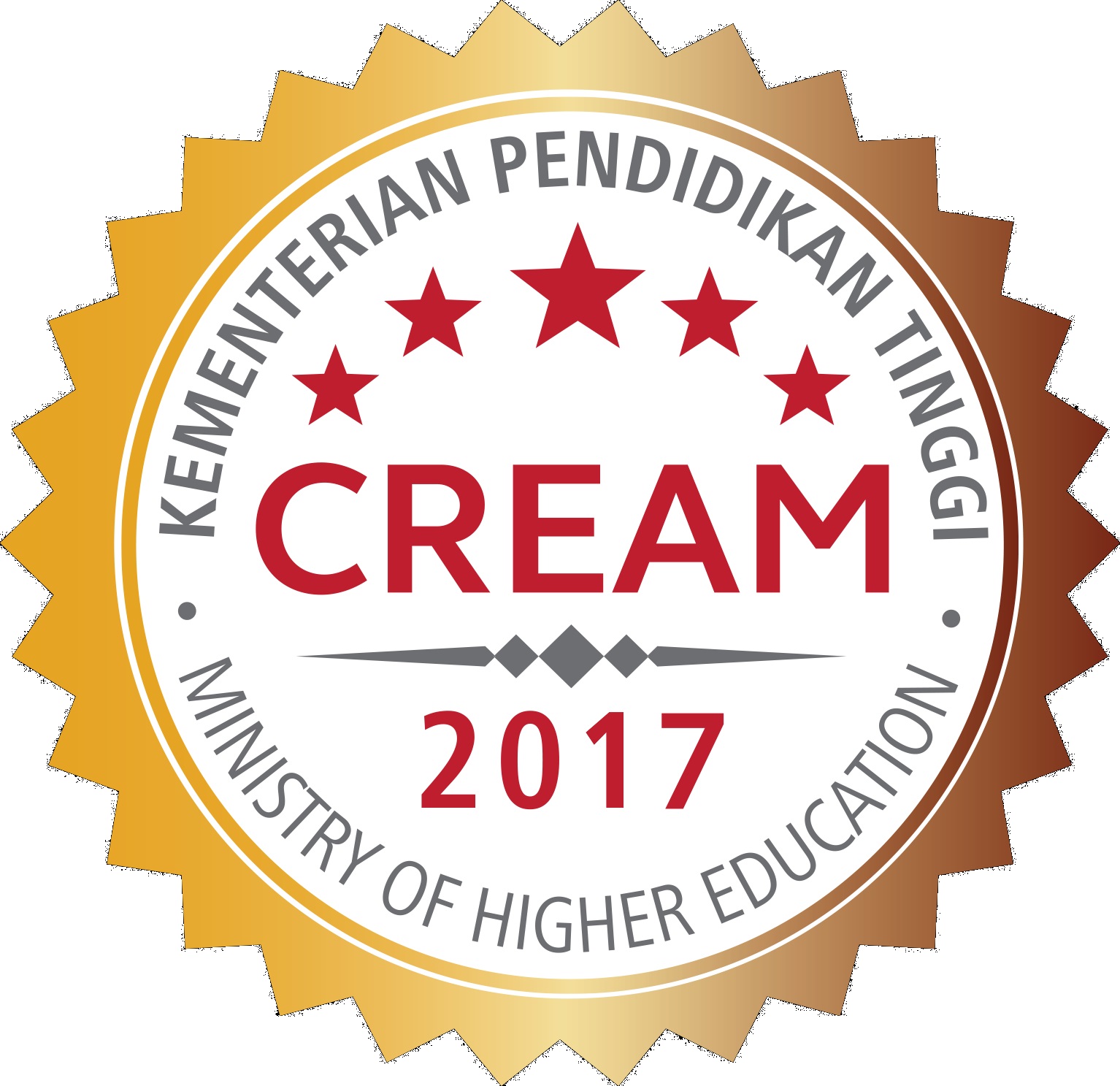ASIAN
MYRMECOLOGY
Image: François Brassard
Behaviour
Asian Myrmecology, Volume 6, pages 95-104, published June 2014
DOI: 10.20362/am.006008
Comparison of foraging habits between four sympatric army ant species of the genus Aenictus in Sarawak, Borneo
YOSHIAKI HASHIMOTO1* & SEIKI YAMANE2
Abstract:
In Lambir Hills National Park, Sarawak Borneo, we observed foraging habits of four sympatric army ant species of the genus Aenictus: A. laeviceps (F. Smith, 1857), A. dentatus Forel, 1911, A. gracilis Emery, 1893, and A. inflatus Yamane & Hashimoto, 1999. All of these species were demonstrated to be specialized on other ants as a food source. However, notable differences in the composition of prey ants were observed between the four species, which may reduce potential competition for the same food source and allow them to coexist. Although we consider that interspecific differences in the foraging modes, such as use of different foraging strata and prey sizes, are major factors to facilitate the prey partitioning, other factors related to difficulties in locating nests of prey, and subduing and handling of dangerous prey, also seem to affect the pattern found in the prey utilization of each Aenictus species. In addition, the present study presents the first prey records for A. inflatus, which is exceptional in the genus in having a polymorphic worker caste, with the major worker having an inflated propodeum filled with a red liquid.
Keywords:
army ants, prey ants, Borneo, resource partitioning
Get PDF (630K):
1Division of Phylogenetics, Institute of Natural and Environmental Sciences, University of Hyogo /Museum of Nature and Human Activities, Hyogo, Yayoigaoka 6, Sanda, Hyogo, 669-1546 Japan
2Graduate School of Science and Engineering, Kagoshima University, Korimoto 1-21-35, Kagoshima-shi, 890-0065 Japan
*Corresponding author: yoshiaki@hitohaku.jp



